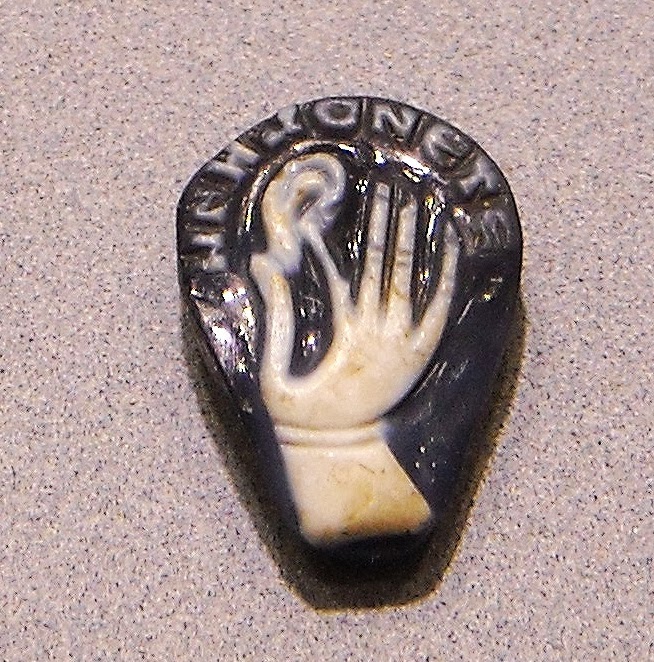
Helmet shrikes Preparing to Sleep. Bronze Winner, Comedy Bird Photo. "We were on a safari, and returning to camp in Sabi Sands, South Africa, on a dark March evening. We stopped, having picked up some unusual sounds, although unsure what they were. Then we heard chattering and fluttering high above us. When illuminated with the lamp on the vehicle, we saw these helmet shrikes huddling together against a night that was starting to turn colder."
When Worlds Collide. Overall Winner and Gold Winner, Conservation. "Each year during spring and fall migration over 1.3 billion birds die in North America as a result of window collisions. A network of dedicated volunteers heads out each morning to pick up the pieces. For over 30 years FLAP (Fatal Light Awareness Program) volunteers have patrolled cities worldwide in search of birds that have collided with windows. While their efforts have saved an impressive number of bird collision survivors, the majority do not survive the impact. But the fallen birds are never left behind. Their bodies are collected and their lives honored in the annual ‘Bird Layout’. The Layout brings volunteers together to arrange the dead birds in an emotive and provocative display. While The Layout honors the fallen birds and brings closure for the volunteers, it is also a critical event that raises public awareness and highlights a global issue. I have volunteered with FLAP for four years and attend The Layout annually. From hawks to hummingbirds, this 2022 display includes more than 4,000 birds.
Images and text from The Atlantic, Winners of the Bird Photographer of the Year 2024.












































